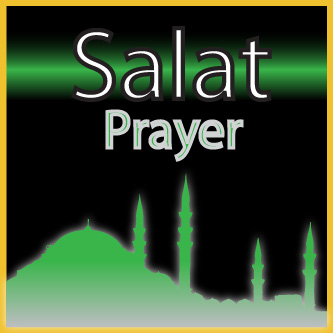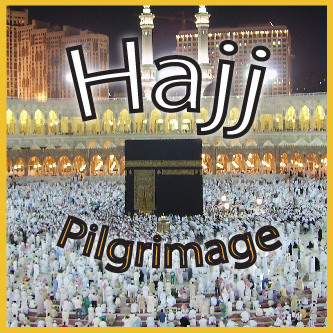Questioner: Salamalaykum sir, I have a question. I have been reading Nur ul Idah lately to learn basic Hanafi fiqh. The problem is that in one section about graves, the book says that tombs should not be made and the graves should be kept like they are being kept in Saudi by the Wahabis. Please clarify.
Shaykh Gibril Haddad: Alaykum Salam, thank you for your question. I don’t think there is a reference to Saudi Arabia in Nur al-Idah.
Questioner: You are correct there isn’t. Sorry if I wasn’t clear enough. I meant the book was in confirmation with the practices of Saudis of leveling graves.
Shaykh Gibril Haddad: I visited the grave of Shurunbulali, the author of Nur al-Idah in Bab al-Saghir cemetery in Damascus. Dua is said to be answered there. I am glad I was able to recognize it. Saudis are Ahl al-bidaa. Prophet (saws) himself marked the first Muslim grave in Baqi with a huge boulder. It was the grave of his milk-brother Uthman ibn Mazuun. He said explicitly “in order to recognize where it is and bury my family members with him.” Likewise, `Umar (ra) wanted to be buried next to Prophet (saws) and Abu Bakr (ra) for blessing and Aisha (ra) gave up her right to that spot despite the fact that she considered that spot most blessed. In her words, “I didn’t want people to consider me virtuous” (la uhibbu an uzakka). The Saudis are fighting the Sunna of the Prophet (saws), the Sunna of the Khulafa al-Rashidin and the way of the Salaf. They will lose without a doubt and their practices are batil upon batil. May Allah guide you and me to what is best.
Questioner: Thank you for the quick and prompt answer, may God accept our good actions and forgive our lapses. My confusion, dear sir, still persists. What you have said is true to the letter, but in the book Imam Hasan says that structures over the graves should not be built, while the graves of the pious and awliya are decorated and built over. Please see this passage from the book. I apologise for taking your time, you are a very busy and important man. Awaiting clarification.
Shaykh Gibril Haddad: The Prophetic and Khulafa evidence is clear and firmly established that (1) building up the gravesite with some form of structure is allowed as an identity marker and (2) according some form of reverence and recognition to the graves of the virtuous is lawful.
This being said, the rationale cited for the prohibition in your text is beautification, which is quite another issue and refers back to the pomposity of Jahiliyya times and extravagant expense.
You may read this text which adresses the above as well as some other basic differences: http://masud.co.uk/ISLAM/misc/nabulsi.htm (section entitled “Domes over the Grave of the Awliya“).
Questioner: Thank you very much sir. I now understand that what Imam Hasan meant by this was from the perspective of the practice of people of jahiliyya times. While actually, now that our faith is firmly established and solid we can beautify the tombs of our pious as there is no fear of malpractice now.
Shaykh Gibril Haddad: Thank you for writing in and welcome any time that Allah grants. Tawfiq is from Him. Wassalam.







